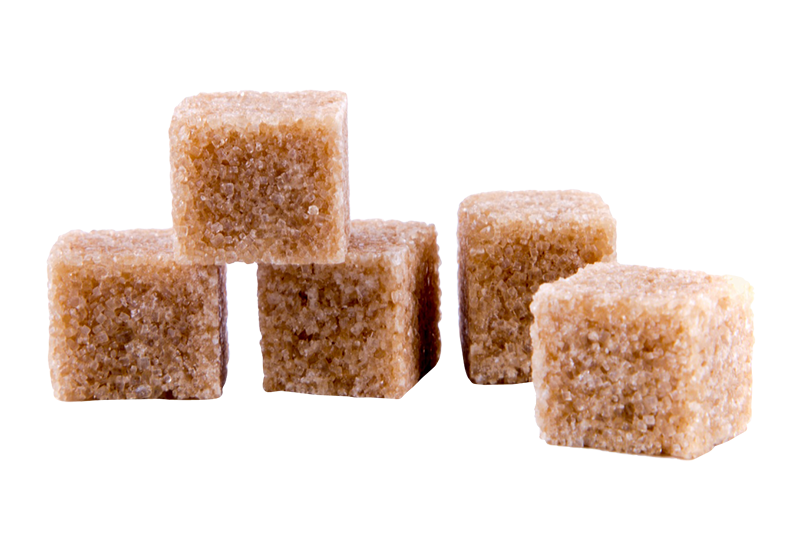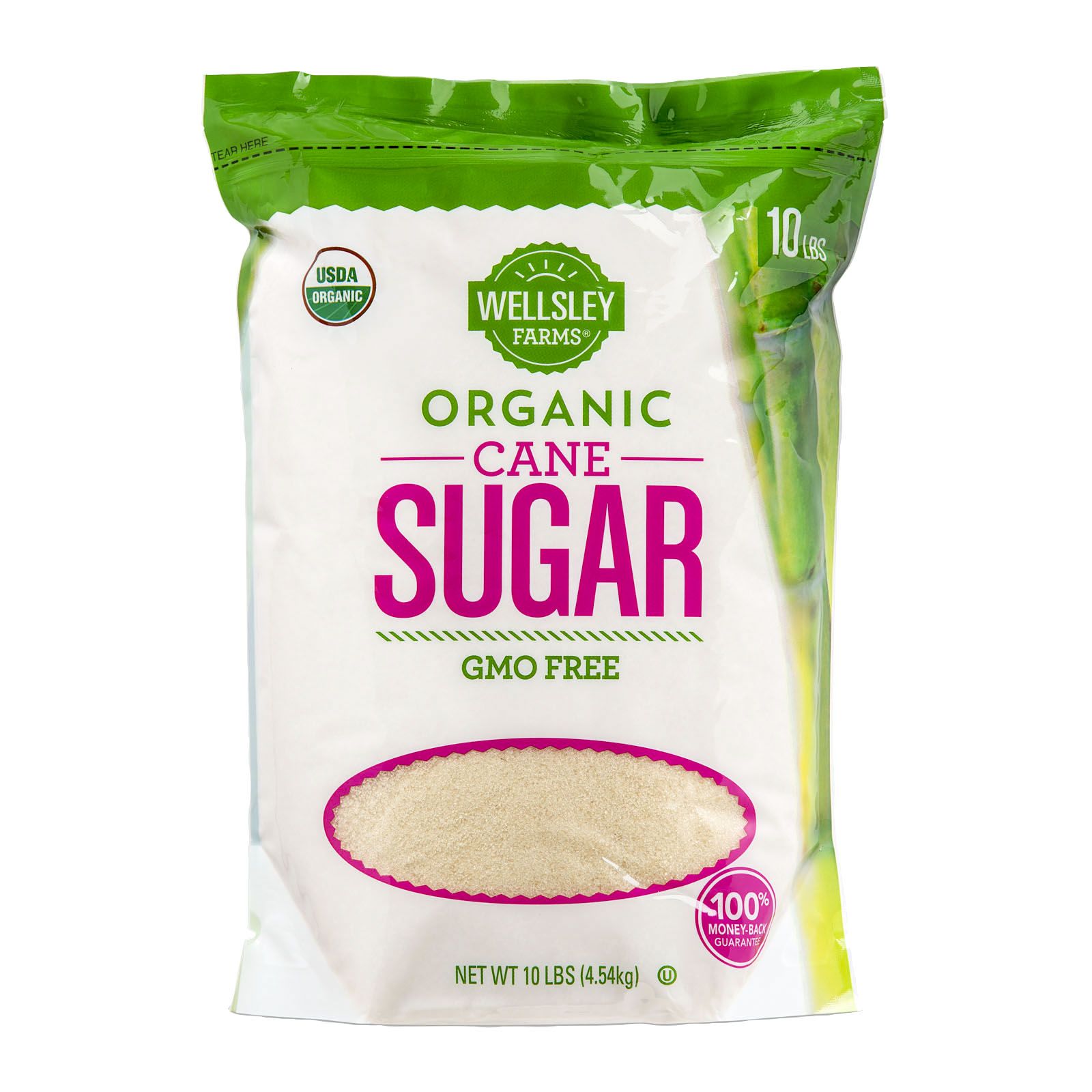The Science Behind Cane Sugar Processing: Exactly How Sweet Taste is Fine-tuned
The Science Behind Cane Sugar Processing: Exactly How Sweet Taste is Fine-tuned
Blog Article
Comprehending the Vital Strategies and Technologies Used in Modern Walking Stick Sugar Handling
The advancement of walking cane sugar handling has actually been considerably formed by the combination of sophisticated methods and innovations that attend to both performance and sustainability. As we explore these important improvements, it comes to be crucial to check out just how they not just enhance production yet additionally straighten with wider market patterns and customer demands, raising inquiries regarding the future of sugar processing and its implications for global markets.
Historic Context of Walking Stick Sugar Processing
The historical context of cane sugar handling exposes a rich tapestry of farming development and cultural exchange that has actually formed its advancement over centuries. Originating in Southeast Asia, sugarcane was grown as early as 8000 BCE - Cane Sugar Processing. The procedure of removing and fine-tuning sugar obtained momentum in India, where methods for formation were refined around the 6th century. This expertise passed through to the Middle East, and by the 12th century, sugar came to be a valued commodity in Europe, causing the establishment of sugar plantations in the Mediterranean.

Advanced Removal Techniques
Performance in cane sugar removal has seen considerable innovations, driven by the requirement for greater yields and lower manufacturing costs. Standard approaches have actually developed, offering means to innovative modern technologies that enhance the effectiveness of the removal procedure. One significant improvement is using enzyme-assisted extraction, wherein certain enzymes break down cell walls and release even more sucrose from the walking stick fibers. This strategy not only raises sugar yield however also decreases the energy needed for handling.
Additionally, the adoption of membrane filtration innovations, such as nanofiltration and reverse osmosis, has revolutionized the separation of sugar from impurities. These methods enable the selective permeation of sugar molecules while maintaining larger contaminants, streamlining the extraction process and minimizing waste.
Moreover, the assimilation of continual removal systems has led to improved functional performance. Cane Sugar Processing. These systems preserve a continuous flow of cane material, guaranteeing optimal extraction problems and minimizing downtime connected with batch processing
Innovative Refining Technologies
Refining strategies in walking stick sugar processing have actually gone through a transformative change, driven by the demand for greater pureness and boosted product top quality. One of the most significant developments is the fostering of membrane purification innovations, such as ultrafiltration and nanofiltration. These processes successfully remove contaminations and colorants without the need for considerable chemical therapies, therefore preserving the sugar's natural taste and boosting its appeal.
An additional significant innovation is using ion exchange resins, which enable for selective elimination Recommended Reading of unwanted ions from sugar options. This technology not just boosts the total purity of the end product but additionally contributes to minimized waste and environmental impact.
In addition, developments in adsorption strategies, utilizing triggered carbon and various other innovative materials, have verified reliable in decolorizing sugar services while preserving optimum top quality. The integration of these ingenious refining innovations makes certain that producers can create polished sugar with remarkable quality and taste, satisfying the progressing choices of customers.
Automation and Control Equipment
Recent developments in refining innovations have actually led the way for considerable enhancements in automation and control systems within walking stick sugar handling centers. These systems use innovative software and equipment to boost functional performance, lower human mistake, and make certain regular item quality.
Modern automation integrates various components, including sensing units, actuators, and programmable reasoning controllers (PLCs), making it possible for real-time surveillance and control of critical procedures. For circumstances, helpful hints temperature level, pressure, and flow rates can be specifically managed throughout extraction, clarification, and formation phases, enhancing efficiency and reducing waste.
Furthermore, advanced information analytics and artificial intelligence algorithms play a crucial function in predictive upkeep, enabling operators to prepare for devices failures prior to they occur. This positive method not just minimizes downtime but additionally prolongs the lifespan of equipment.
Additionally, automation assists in the application of Sector 4.0 principles, empowering sugar mills to attain greater connection and data exchange throughout processes. Therefore, decision-making ends up being even more informed and dexterous, eventually enhancing the general competition of walking stick sugar manufacturing. With these improvements, the market is well-positioned to fulfill growing international needs while maintaining functional excellence.
Sustainability Practices in Sugar Production
Sustainability techniques in sugar production have actually become significantly vital as the sector seeks to stabilize financial viability with ecological responsibility. As consumer recognition expands relating to the ecological impacts of agricultural methods, sugar manufacturers are adopting ingenious approaches to reduce their ecological footprint.
One considerable strategy is the implementation of precision agriculture methods, which make use of information analytics to optimize resource use, such as water and plant foods. This minimizes waste and lessens the effect on regional ecological communities. Furthermore, numerous producers are transitioning to renewable resource resources, such as biomass from sugarcane by-products, to power their procedures, thereby decreasing reliance on nonrenewable fuel sources.
Water administration methods are likewise vital; rainwater harvesting and reliable watering systems aid minimize water deficiency concerns. Cane Sugar Processing. In addition, incorporated bug monitoring strategies reduce chemical use, advertising biodiversity and dirt health and wellness
Business social responsibility initiatives are emerging, with firms buying regional neighborhoods and making find here sure fair labor practices. By embracing these sustainability practices, the sugar industry not just boosts its track record however also adds to an extra lasting agricultural landscape, leading the way for future generations.

Final Thought
In recap, modern walking cane sugar handling integrates an array of innovative strategies and technologies that substantially enhance return, sustainability, and effectiveness. Jointly, these advancements position the cane sugar sector to satisfy contemporary demands while dealing with crucial international difficulties.
The advancement of walking cane sugar handling has actually been considerably shaped by the combination of advanced strategies and innovations that address both performance and sustainability.The historical context of walking cane sugar processing exposes a rich tapestry of agricultural development and social exchange that has formed its development over centuries. Advancements in milling and refining emerged, laying the groundwork for modern-day cane sugar handling.Refining techniques in walking stick sugar handling have gone through a transformative change, driven by the demand for higher pureness and enhanced item quality.In recap, modern cane sugar handling includes a range of sophisticated strategies and technologies that considerably improve yield, sustainability, and effectiveness.
Report this page